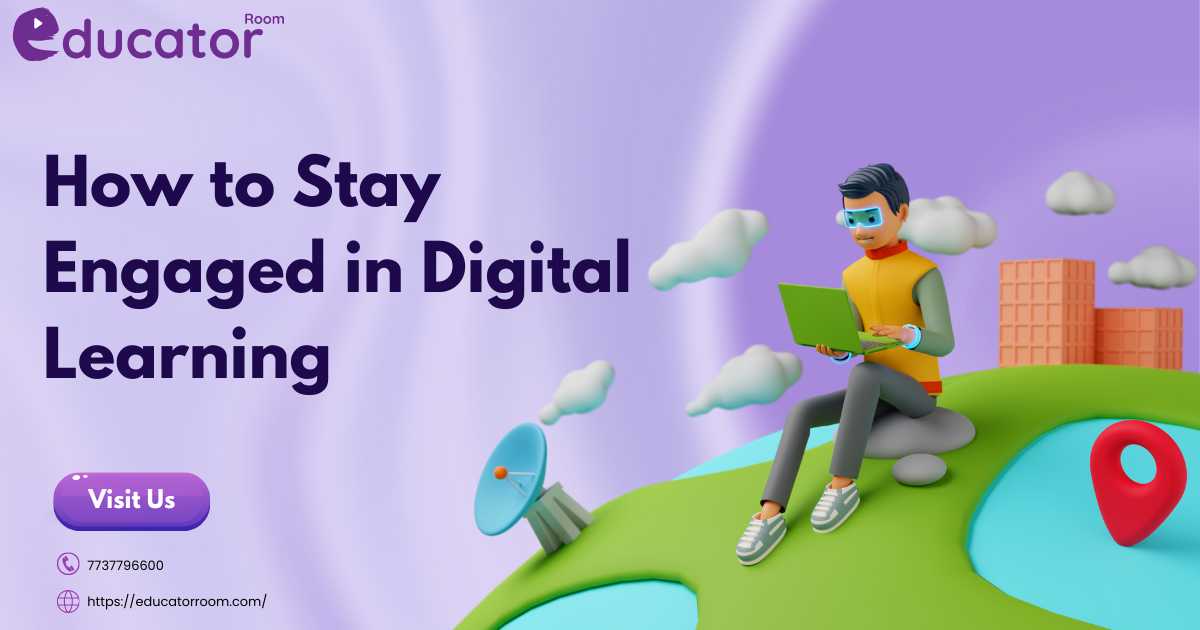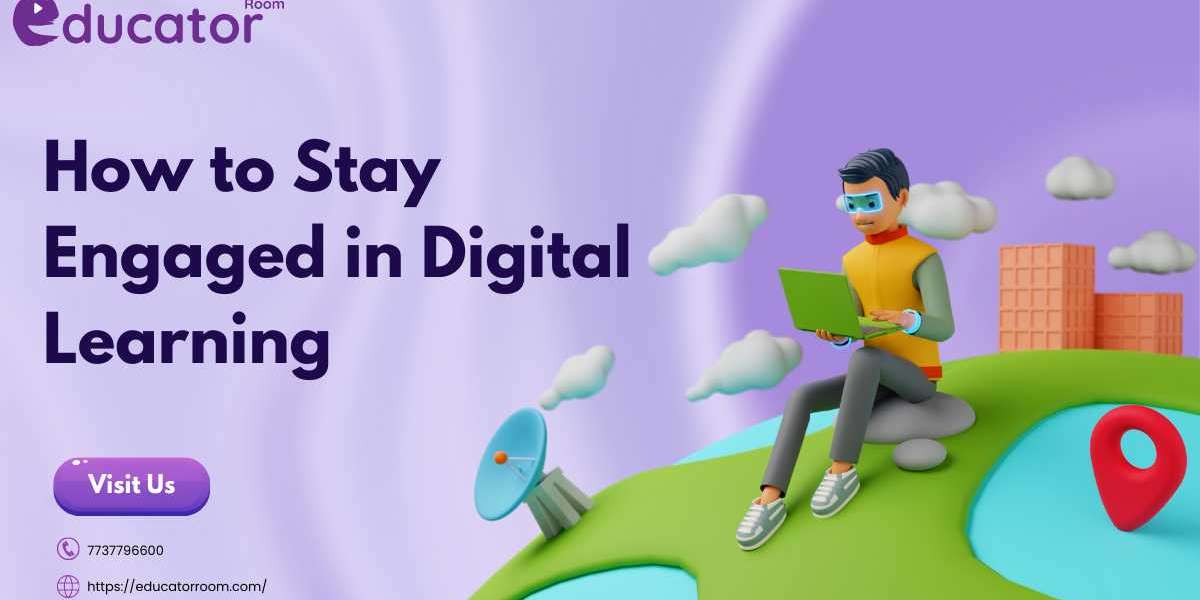 Educator Room
Educator Room
Do you want to attend classes conventionally? Do you need help to stick to a strict schedule or feel constrained by your surroundings? High school students could find the Educator Room just what they needed.
High school students can access a flexible and personalized learning environment through The Educator Room, a virtual and augmented reality learning platform. With the popularity of online learning, systems that can meet the specific requirements of distance learning for 9th -12th graders are becoming increasingly crucial.
The Educator Room recognizes the busy schedules of high school students, and our platform enables them to learn on their schedule. Our online courses are made to match your lifestyle, whether you're balancing extracurricular interests, career commitments, or family duties.
How to Stay Engaged in Digital Learning
Digital learning is becoming increasingly commonplace in the modern world, particularly with the advent of technology and the web. Advances. It is an adaptable, affordable, easy, and convenient means of developing knowledge and capabilities without needing to be in traditional classes. Yet, staying engaged in digital learning is challenging, and keeping it that way may be problematic.
Understanding Digital Learning
Digital learning is an approach to learning that utilizes technology for teaching materials. Digital Education involves using technology-based tools, including computers, smartphones, and tablets, to connect with learning materials. There are numerous types of digital learning, including e-learning and online classes, MOOCs (Massive Open Online Courses), and virtual Learning for high school students. Digital learning's benefits can be observed in efficiency, flexibility, cost-effectiveness, and accessibility to more resources.
Strategies to Stay Engaged in Digital Learning
Creating a Conducive Learning Environment
Creating a conducive learning environment is crucial for effective digital learning. A conducive Environment includes setting up a designated learning space free from distractions. The learning space should be well-lit, comfortable, and equipped with the necessary tools, such as a laptop or computer equipped with a reliable internet connection, as well as a comfortable chair.
Time Management
Time management is another critical strategy for staying engaged in digital learning. Making a plan and breaking tasks into manageable ones can help you stay on track. Prioritizing work based on its importance can also help you manage your time effectively.
Active Learning
Active learning entails participating in debates, posing queries, and doing tasks. You can learn more effectively and retain information by engaging in active learning. Additionally, it aids in the development of analytical and problem-solving abilities.
Motivation and Self-Discipline
Success in digital learning depends on maintaining discipline and motivation. Students may retain motivation by setting goals, rewarding themselves when they reach milestones, and remaining focused. Focus on your task and keep away from distractions; self-control is crucial.
Collaboration
Collaborating with peers and instructors is another strategy for staying engaged in digital learning. Joining study groups, engaging with peers and instructors, and collaborating on projects can help you gain new perspectives, develop teamwork skills, and stay motivated.
Resources and Tools for Online Learning
Various materials and tools are available to support digital learning. Learning management systems (LMS) like Canvas and Blackboard are employed to manage and deliver course content. Evernote and Trello are two productivity tools that can assist you with task management and organization. Academic papers can be accessed through online libraries and services like JSTOR and Google Scholar.
Productivity Apps
Productivity apps can help learners stay organized and manage their time effectively. Some popular productivity apps include Google Keep.
Overcoming Common Challenges in Digital Learning
Digital learning poses common challenges, including technical difficulties, isolation, time management, and procrastination. Troubleshooting common technical issues and seeking help from technical support can help you overcome technical challenges. Connecting with peers and instructors, joining online communities, and seeking help from academic support services can help you overcome isolation. Students can overcome time management and procrastination difficulties by recognizing and conquering their procrastinating patterns and enlisting educational assistance services.
Technical Difficulties
Technical difficulties can hinder digital learning. Learners should troubleshoot common issues and seek help from technical support if necessary.
Isolation
Isolation can be a challenge in digital learning. Learners should connect with peers and instructors and join online communities to stay engaged and motivated.
Conclusion
In conclusion, digital learning offers various benefits, including flexibility, convenience, and access to a broader range of resources. However, staying engaged and succeeding in digital education requires effective strategies such as creating a conducive learning environment, time management, active learning, motivation and self-discipline, and collaboration, especially for online classes for high schoolers. By using these strategies and tools and overcoming common challenges, you can maximize your digital learning experience and achieve students learning goals.
Creating a conducive learning environment is crucial for learners to achieve their full potential. Applying the advice in this article, such as designing a comfortable physical space, establishing clear expectations, and incorporating engaging activities, educators can help create a positive, conducive learning setting that fosters productive and positive learning.
It's crucial to remember that every learner is different and may benefit from various tactics. To continually enhance the learning process, it is imperative to maintain flexibility and be receptive to criticism.








